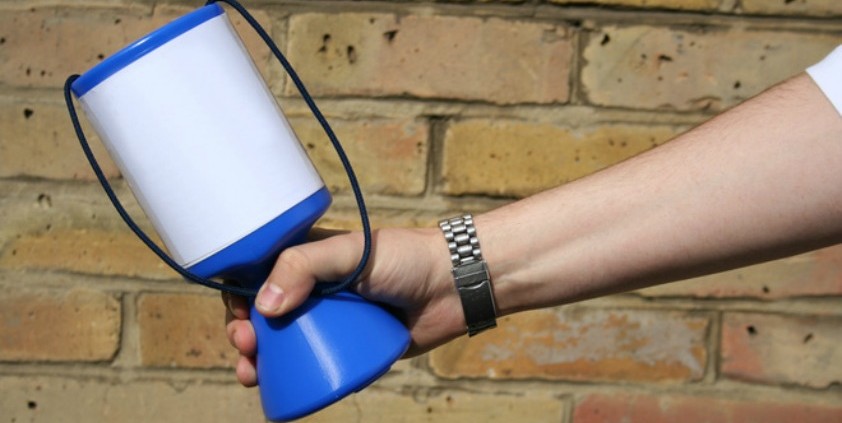News coverage drives charity campaigns, finds Gorkana survey
Gorkana’s first Charity Attitudes Benchmarking Survey shows how positive and negative media coverage can affect charity campaign success and, in particular, how positive media coverage can influence people to make donations.
This year has not been short of challenges for organisations in the third sector, as stories such as the latest investigation on Age UK’s promotion of E.ON and the criticism of the Department for International Development (DfID) for its lack of understanding in how taxpayers’ money is spent, have shown.
Gorkana’s survey examines how media coverage of charities affects public perception and what guarantees campaign success. The manner in which charities are covered is of high importance to those surveyed as 51% of the 1000 people who responded stated that negative coverage of a charity would ‘definitely’ affect their decision to donate to a charity. Some 47% said it ‘might’ affect their decision to donate and only 7% said it would not affect their decision.
Positive media coverage in online news, broadcast media and press, in particular, was most likely to influence respondents to donate to a charity with 39% stating this is why they did so compared to 18% for social media, 17% for advertising offline and 11% for online campaigns.
When it comes to demographics, however, there were quite a few differences in what influenced people to donate. Positive mainstream coverage was more likely to make men donate than women, as 44% of men said this would make them donate over 35% of women. Social coverage was most influential amongst those who earn an income of £10-20k and advertising offline has the biggest influence of those earning over £40k.
The different sectors where charities operate that people most recall seeing coverage from are: children’s (35% of respondents), cancer (28%), animals (25%) and humanitarian/relief at 22%.
Sara Morad, information and public affairs officer at Muslim Aid, describes how importance of public trust in charity makes positive media coverage vital for charities.
She said: “Charities generally require a level of trust from the public that exceeds the level required in any other sector. As the public do not receive tangible products or services that can be witnessed first-hand, feedback, communication and positive media coverage are heavily relied on in the industry.”
In addition, she adds that the nature of the work of charities makes this challenging: “It is very difficult to avoid negative coverage in the sector due to the nature of the work carried out. The best way to counter negative coverage is to be as transparent as possible with the public and to share the benefits of the work being done through case studies, for example. This helps the public develop an understanding of the importance of charitable work and the hugely positive impact it has.”
- With access to 4.5 million potential respondents, Gorkana gives you the ability to shape your communications strategy quickly and accurately by conducting instant, cost-effective surveys and poll a representative sample of the UK population.
To find out more about surveys, Gorkana’s Charity Attitudes Benchmarking Survey and the monthly Gorkana Charity Barometer, which helps charities and agencies benchmark media activity in the sector, please contact [email protected].






